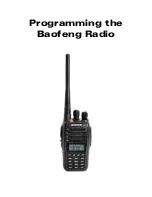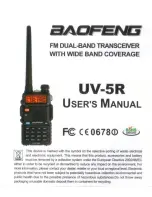
65-2443 PPM Hydrogen Transmitter • 15
Replacing the Amplifier
If you are replacing the amplifier, it is likely that the transmitter has been off power for an extended
period. Make sure to follow the preliminary calibration recommendation and the burn-in period
recommendation before making the final calibration.
1. Turn off power to the controller.
2. Place the controller’s on/off switch in the OFF position.
3. Remove the junction box cover.
4. Unplug the detector terminal strip and controller terminal strip from their sockets. You may leave
the wires connected to the terminal strips.
5. Unscrew and remove the screw with the flat and lock washers that secures the amplifier to the
junction box.
6. Remove the old amplifier.
7. Install the detector and controller terminal strips into their sockets on the new amplifier as shown
in Figure 4 on page 11 of this manual. If controller leads or detector leads were removed during
this procedure, refer to Tables 4 and 5 below.
8. Install the amplifier into the junction box with the screw, lock washer, and flat washer you
removed in Step 5 above. A foam gasket that orients the amplifier and keeps it from rotating is
installed on the bottom of the amplifier. Make sure the amplifier is seated flat in the junction box.
NOTE:
When a transmitter is first powered up with a new amplifier, the initial output may be either
high or below zero. Be sure to make arrangements so that this does not cause unwanted
alarms.
9. Turn on power to the controller.
10. Turn on the controller and place it into normal operation.
Table 4:Reconnecting the PPM Hydrogen Amplifier to the Controller
Amplifier’s Controller
Terminal Strip
Controller’s Transmitter
Terminal Strip (typical)
-
- (DC -)
S
S (4 - 20 mA In)
+
+ 24V
Table 5:Reconnecting the PPM Hydrogen Detector to the Amplifier
Detector Lead
Amplifier’s Detector
Terminal Strip
Red
R
White
W
Black
B




































